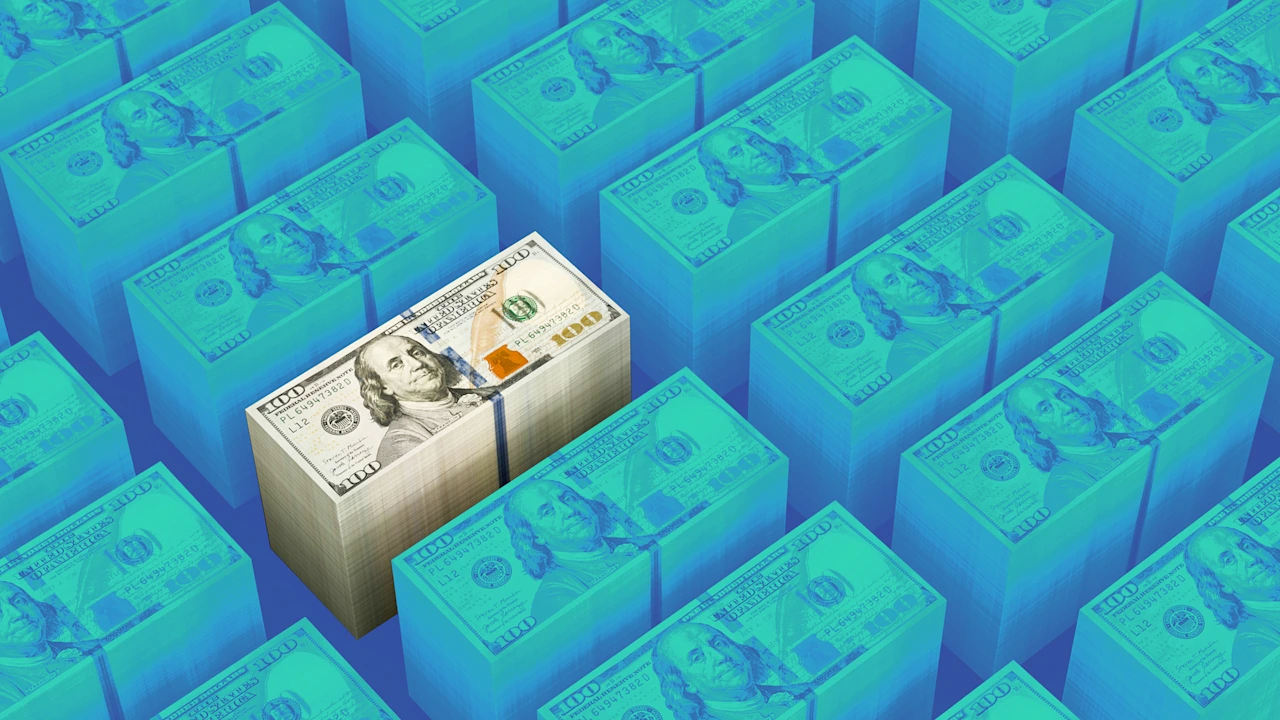
In 2025, if you still trust the spreadsheets and willpower to administer your budget, what are you doing?
Tightening the ropes of the bag is now fashionable, since concerns about tariffs, inflation, labor security and market volatility encourage many to support their expenses, increase their savings and, of course, publish it on social networks.
These days, if you have trained your algorithm well enough, a superficial parchment should be sufficient to stop any impulse of persistent purchases. In 2024, the “noisy budget” encouraged people to be apologies about their financial objectives. Earlier this year, everyone began to “save revenge”, a counter of “revenge spending” shown after the pandemic.
“No Buy July”, is the last, most appetizing, iteration of the challenges of “no expense” that have the leg for years. The idea is simple: use the money that I would spend on coffee to carry and other small indulgences to pay the debt, accumulate savings or achieve another financial objective. Bonus points if you publish in this regard on social networks for greater responsibility.
If you are really Masochist, a recent creator went viral for sharing another controversial budget technique. “Recording myself saying things that I want to promote buy them instead of buying them,” he read the subtitles videos. The objective? “To save money and make me hate myself.” This has not yet taken over.
There is a reason why many people turn to save challenges to take responsibility for each time. Saving money is a challenge at best. For some, it is to say “I am not buying Julio” that “I cannot afford that coffee at this time.”
Trends do not speak. The US personal savings rate, the percentage of available income saved after taxes and expenses, has increased to 4.5% in May, agreed to the office or economic analysis data. That is slightly lower than 4.9% in April, but more important than 3.5% in December.
The increase coincides with the growing anxiety, with a recent Santander Bank survey that reports that 40% of Americans are more concerned about emergency savings than at the beginning of the year, with 50% worried about a recovery and 53% for inflation. At the same time, the average duration of Inempleoyent is now about five months, a month longer than last year.
The popularity of these savings challenges is not simply a case of people who jump on the last trend. It reflects the economic reality of many Americans. The consumer price index has shot at 24% since 2020.
In addition, prices do not seem to fall soon. As President Trump Barrica towards his last deadline for rates, the general level of US rate. UU. It is now the highest since the 1930s and, although prices have been largely stable, it is projected to increase.
In this economy, if a viral savings challenges him along the way with his financial objectives, in a penny for a pound.


